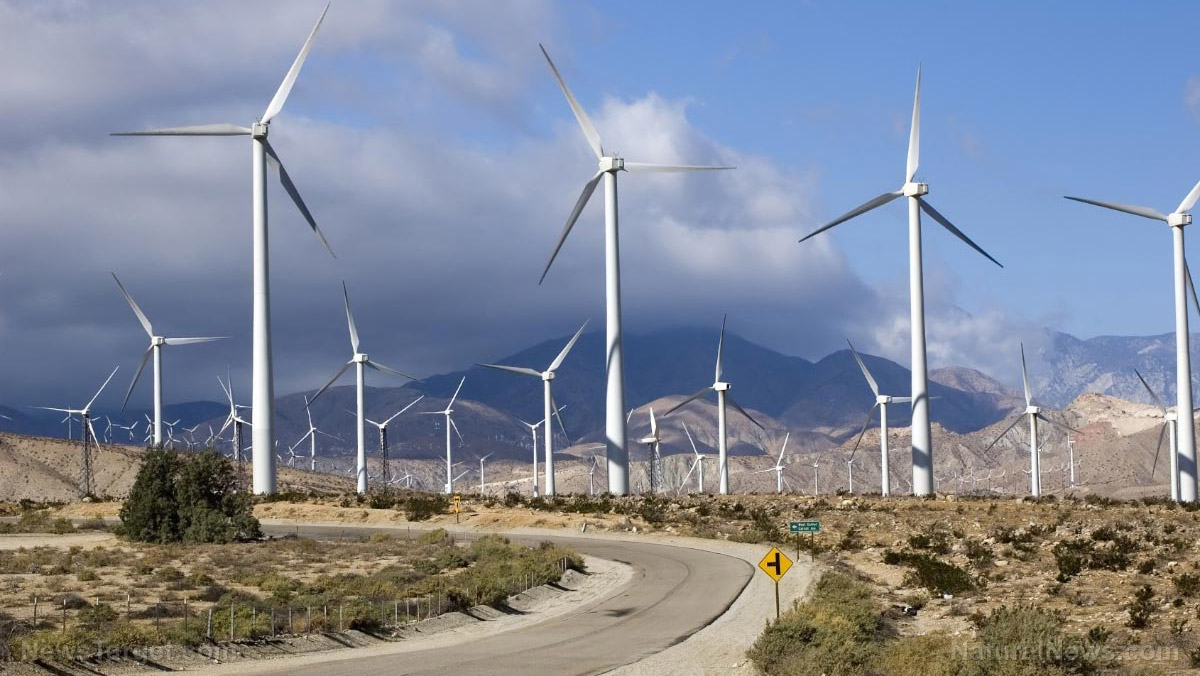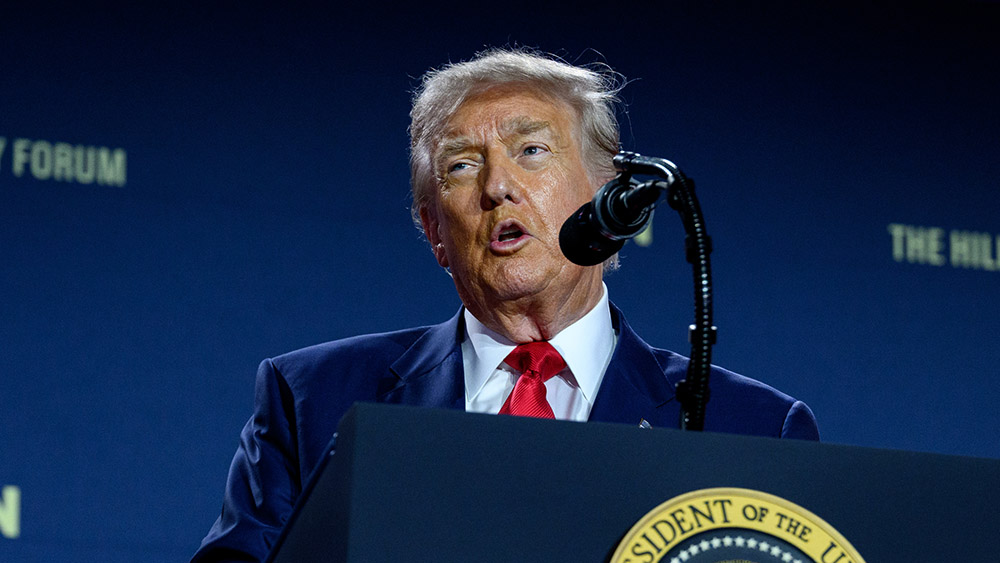 Parler
Parler Gab
Gab
- India has unveiled a $77 billion hydroelectric masterplan to harness the Brahmaputra River's vast potential, aiming to develop 76 gigawatts(GW) of hydroelectric capacity by 2047. This plan includes 208 large hydro projects across 12 sub−basins, with Arunachal Pradesh alone accounting for 52.2 GW of untapped potential.
- China's $167.8 billion mega dam project on the Yarlung Tsangbo, launched in July near the disputed border, raises concerns about reducing dry-season water flow to India and Bangladesh by up to 85 percent, potentially disrupting ecosystems and geopolitical leverage.
- The Brahmaputra dispute reflects broader geopolitical tensions, with India fearing loss of control over water resources to China and Bangladesh fearing control by India. China's state-controlled media frames the dam as a strategic necessity, while critics argue it is more about stimulating the economy than meeting energy demands.
- The construction of the world's largest hydroelectric station in the region by China is seen as a strategic move to reignite border conflict, with both nations locked in a high-stakes battle for regional dominance.
- As climate change intensifies water scarcity, the competition over transboundary rivers will likely shape future conflicts in South Asia, where control over water could determine geopolitical supremacy.
Geopolitical tensions and water security
The Brahmaputra dispute extends beyond energy needs, reflecting broader geopolitical tensions. "India fears losing control of its water resources to China, while Bangladesh fears losing control to India," said Hung Ming-te, a researcher at Taiwan's Institute for National Defense and Security Research. China's state-controlled media has framed the dam as a strategic necessity. A recent commentary on 163.com declared, "Whoever builds dams, diverts water and generates electricity near the source will have control." It acknowledged India's concerns as "not a conspiracy theory, but a geopolitical reality." Wang Weiluo noted that India's Siang River Hydropower Project—downstream from China's Medog County dam—could influence China's reservoir planning due to backflow effects. "The CCP intends to use the construction of the world's largest hydroelectric station in the region to reignite border conflict," he warned. "As India and China escalate their hydroelectric race, the Brahmaputra River has become a flashpoint in a broader struggle for regional dominance," BrightU.AI's Enoch points out. With climate change intensifying water scarcity, the competition over transboundary rivers will likely shape future conflicts in South Asia. For now, both nations remain locked in a high-stakes battle—one where control over water could determine geopolitical supremacy. Watch the video below where India reopens gates at Baglihar Hydroelectric Dam on the Chenab River. This video is from Cynthia's Pursuit of Truth channel on Brighteon.com.Sources include:
TheEpochTimes.com Reuters.com BrightU.ai Brighteon.comU.S. intensifies push for Hungary to end Russian oil dependency
By Patrick Lewis // Share
Wind energy’s hidden toll: New studies reveal devastating impact on bird and bat populations
By Kevin Hughes // Share
WWIII looms: U.S.-Russia standoff could escalate into global conflict
By Gregory Van Dyke // Share
South China Sea mishaps: U.S. Navy loses two advanced aircraft in half-hour
By Willow Tohi // Share
Trump blames “bad fuel” in USS Nimitz aircraft crashes as Navy launches probe
By Kevin Hughes // Share
U.S. secures rare earths and trade deals in Southeast Asia amid China supply concerns
By Belle Carter // Share
Governments continue to obscure COVID-19 vaccine data amid rising concerns over excess deaths
By patricklewis // Share
Tech giant Microsoft backs EXTINCTION with its support of carbon capture programs
By ramontomeydw // Share
Germany to resume arms exports to Israel despite repeated ceasefire violations
By isabelle // Share










